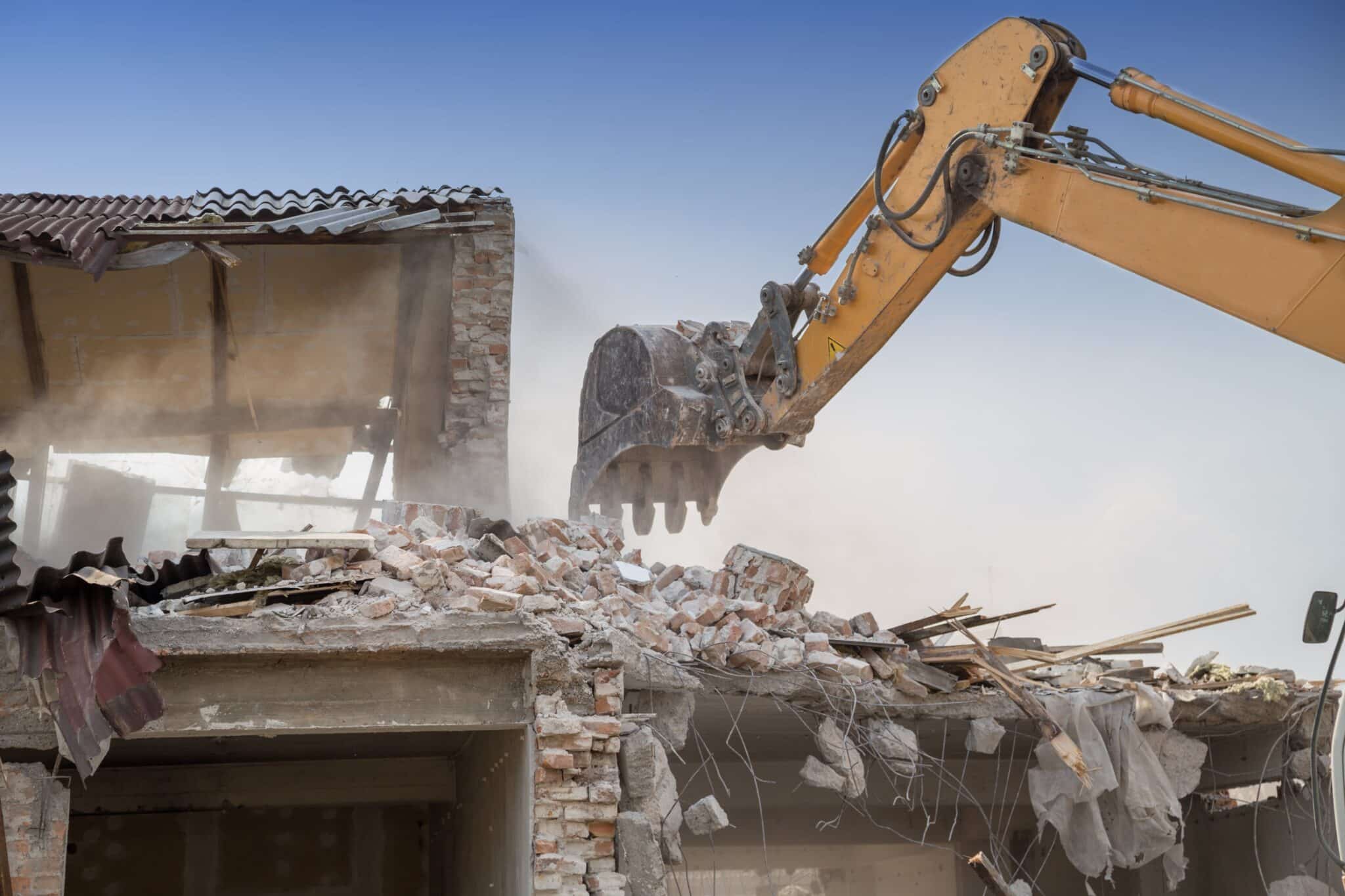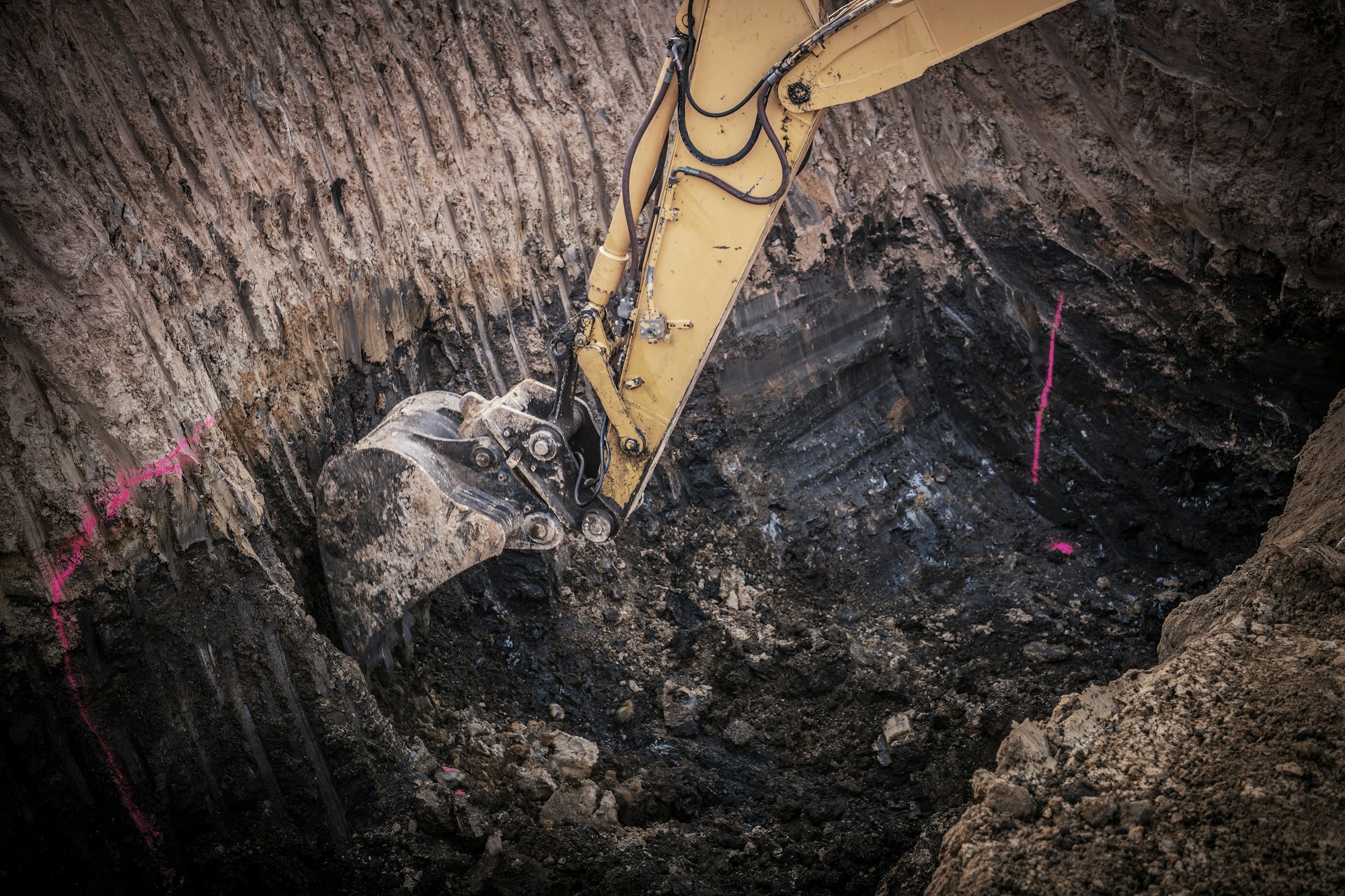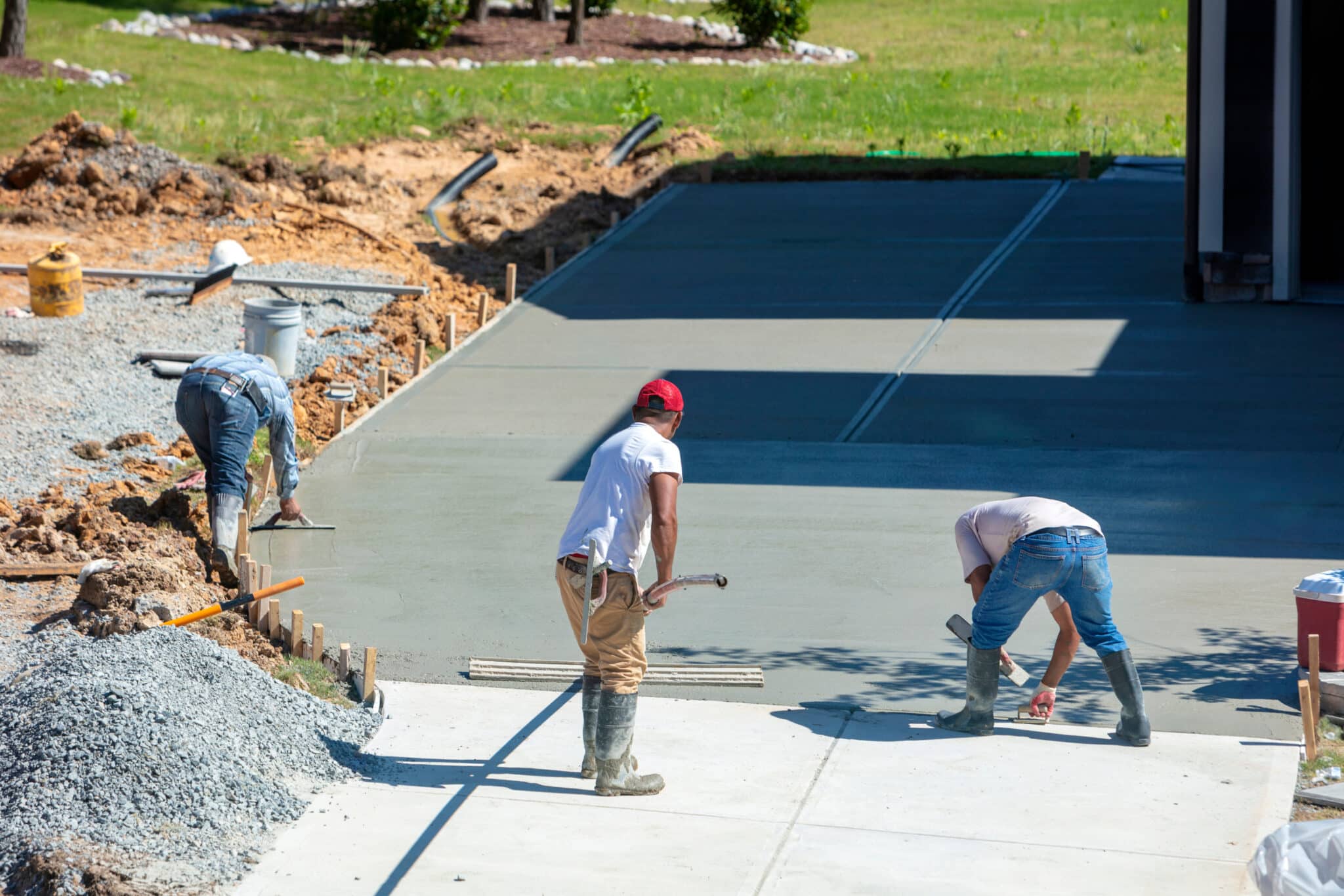Figuring out the right size for roll-off dumpsters isn’t always straightforward. Whether you’re handling a home renovation or organizing a large event, choosing the appropriate dumpster can simplify your waste management and keep things running smoothly. Understanding what to consider will make this task much easier and prevent any unnecessary stress or additional costs.
Dumpsters come in various sizes, each suitable for different needs. Picking the right one saves you from issues like overflow or paying for unused capacity. Whether working on a construction site, clearing out your garage, or tackling a big landscaping project, getting that perfect fit eases the load on both your wallet and your time.
Assessing Your Needs
When choosing a dumpster, think about what you need to get rid of first. Is it mostly construction debris, bulky furniture, or yard waste? The type and amount of material matter here. A weekend garden cleanup might need a smaller dumpster compared to one used for demolishing parts of your house. Also, consider how long you plan to fill it up. A long-term project may require a larger size to avoid multiple pickups or exchanges.
To decide wisely, start by asking yourself:
– What kind of waste will you throw away?
– How much space do you think it’ll take?
– How long is the project expected to last?
By answering these questions, you’ll have a clearer picture of what dumpster size suits your situation best. This helps you avoid choosing a container that’s too small, leading to extra trips, or one that’s too large and unnecessarily expensive.
Evaluating your specific needs ahead of time ensures a smoother process and helps maintain a tidy, efficient work area. It keeps everything organized, giving you more time to focus on what counts, like finishing your project as planned. In the end, a well-thought-out choice benefits everyone involved and keeps things on track.
Common Dumpster Sizes and Their Uses
Understanding the various dumpster sizes and their uses can significantly help you make an informed decision. Let’s look at some common sizes:
– 10-Yard Dumpster: Ideal for small cleanout projects or light renovations, such as tidying up a basement or garage.
– 20-Yard Dumpster: Suitable for medium-sized projects, which might include flooring or carpet removal, and small construction jobs.
– 30-Yard Dumpster: Often used for larger renovations, substantial cleanouts, and community clean-up events.
– 40-Yard Dumpster: Perfect for major construction work, large demolitions, or big home renovation projects.
Each size fits a specific purpose, and understanding this can save both time and space.
Avoiding Common Mistakes
It’s easy to make mistakes when picking a dumpster size, but being aware of these errors can help steer clear of unnecessary hassles. One common mistake is underestimating the amount of waste, resulting in a size that’s too small and requires multiple hauls. Another issue is overestimating and getting a larger than necessary dumpster, which can cost more.
Here’s how to avoid these pitfalls:
– Measure Your Waste: Try to estimate as accurately as possible how much space your debris will take up.
– Do a Walk-Through: Assess the project area and note all waste-generating tasks.
– Plan for Extra: Allow a little extra room for unexpected items or additional waste that might pop up during the work.
These small steps can help you dodge the common missteps and ensure a more efficient process.
Consulting with a Professional
Sometimes it’s best to talk to someone who knows the ins and outs of waste management. Professionals can offer valuable insights and guide you to the right choice. They evaluate your specific needs and point you in the direction of the most suitable dumpster, saving you from the guessing game.
Overall, consulting with experts brings peace of mind, knowing that your choice is backed by experience and know-how. It’s like having a seasoned coach for your waste management playbook—making sure you pick the best option without all the stress.
Making the Final Decision
Deciding on the perfect dumpster size involves balancing project needs with practical considerations. With a clear understanding of your waste volume, the typical dumpster sizes, and common mistakes to avoid, you’re well-equipped to make that choice.
Begin by reaffirming your project’s scope and revisiting any new developments or add-ons. Then, decide on a size that not only fits your needs but also allows some wiggle room for unexpected materials. Finally, remember that the right dumpster can make your project easier and less stressful, wrapping things up neatly, just as you imagined.
By sticking to these guidelines and staying informed, you ensure a smooth, efficient waste management journey that keeps your project on schedule.
Tailored Solutions for Every Project
Conclude by reiterating the flexibility and range of options available. Encourage readers to contact McMichael Waste Services for personalized assistance.
Choosing the right dumpster plays a big role in keeping your project on track and hassle-free. Whether it’s a small renovation or a major construction, having the right container makes all the difference. When you’re ready to choose efficiently managed waste solutions, explore our roll-off dumpsters through McMichael Waste Services to find the perfect fit for your needs. Let us help simplify your waste management and make your tasks easier and more cost-effective.









